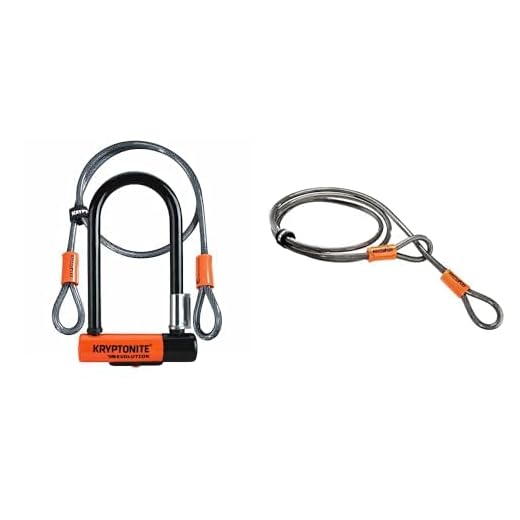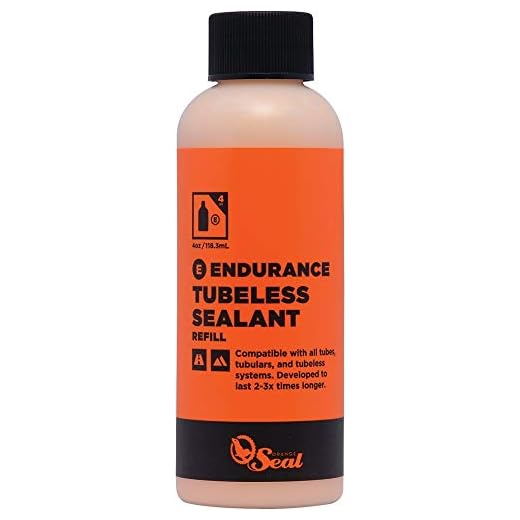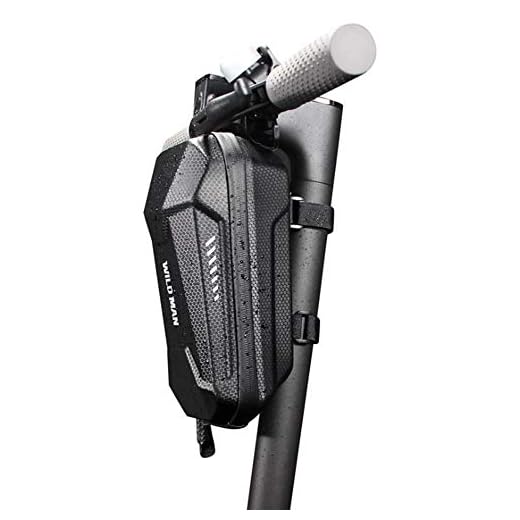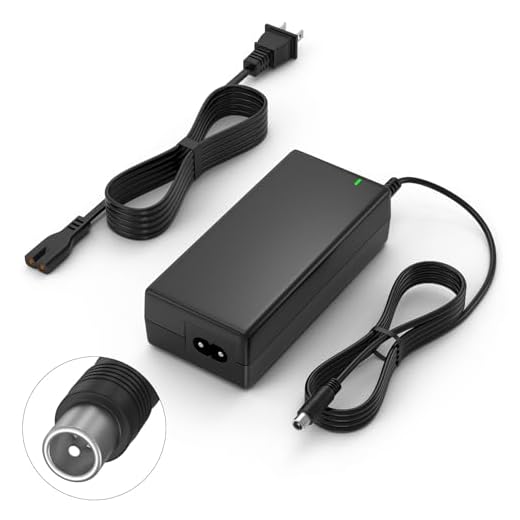Whether you ride the original MAX G30, the newer MAX G2, or the latest MAX G3, good care pays you back with better range, safer braking, and fewer surprises on the road. This guide gives you a simple maintenance routine, step-by-step quick fixes for common annoyances, and a curated list of smart add-ons that make daily riding easier. It’s written for real-world owners, so each section is short, practical, and actionable.
Quick maintenance schedule (at a glance)
| When | What to do | Why it matters |
|---|---|---|
| Before every ride | Check tires by feel (or gauge), brakes, lights, latch | Prevent flats, keep stopping power strong, avoid latch surprises |
| Weekly | Wipe down, inspect cables/hoses, listen for new noises | Catch small issues before they become big |
| Monthly | Measure tire pressure with a gauge, clean brake track/Drum, check bolts | Range, safety, and ride quality all improve |
| Every 3 months | Deep clean, refresh lube on hinge pins & latch (dry PTFE), inspect brake pads | Smooth folding, consistent braking |
| Twice a year | Battery health check (app), full bolt check, deck screws, fender and kickstand | Seasonal reset to baseline |
| Before storage (≥2 weeks) | Charge to ~60%, store cool and dry (not empty, not full) | Protects battery life and range |
Tip: The MAX line has strong water resistance, but after heavy rain always dry it, especially around the charging port, latch, brake caliper, and deck screws.
Battery care that actually extends life
Keep it between 20–80% for day-to-day. Charge to 100% before big rides, but don’t leave it full for weeks. Lithium-ion cells age fastest at very high charge and at high temperatures.
Avoid deep drains. If you arrive home under 10%, plug in soon. Repeated deep discharges stress cells, which shortens life and can shrink range.
Charge slow and cool. Normal 42V chargers are fine. Let the scooter cool to room temp before charging if you rode hard or parked in the sun. Heat is the battery’s enemy.
Store it smart. For a month or more of downtime, park it at roughly 50–60% and check monthly. Top up lightly if it dips below 40%.
Use the app. Check pack voltage and any BMS alerts in the Ninebot app. If you see unexpected voltage drops or sudden range loss, run a gentle cycle: charge to 100%, rest for an hour, ride down to ~30–40%, then recharge. It won’t “fix” a worn battery, but it can help the BMS re-sync.
Tires & wheels: pressure, protection, and punctures
The MAX series is known for 10-inch pneumatic tires (G30/G3 tubeless style; G2 adds suspension), which ride smoothly. However, tire care is still the easiest way to add range and prevent flats.
Target pressure: Many owners like a 38–45 psi range for adult riders, slightly lower for lighter riders. Higher pressure rolls faster and resists pinch flats; lower pressure adds grip and comfort. Always check sidewall guidance and adjust for your weight and road conditions.
Top habits that prevent flats
- Pump once a month with a real gauge. A few psi lost monthly is normal.
- Inspect tread for embedded glass or thorns and pluck them out.
- Consider sealant for puncture self-repair (especially in thorny areas).
- If you live with frequent flats and rough roads, solid (honeycomb) tires are an option; ride comfort drops a bit, but maintenance often becomes zero.
When a tire loses air overnight
- Spin and listen for hiss; spray soapy water along tread and bead.
- If you see bubbles, mark the spot. For small holes, sealant may fix it.
- If leaks persist at the bead, deflate, reseat, and re-inflate in increments.
Wheel alignment hint: If the scooter pulls to one side, check tire pressure first. Mismatched psi left/right (on models with two pneumatic tires) can cause a subtle drift.
Brakes & stopping power
The G30 uses front drum + regen; later MAX models add suspension and disc setups. Either way:
- Listen first: Squeal or scraping often means dust, glaze, or mild misalignment.
- Clean second: Wipe drum contact area or disc/rotor with isopropyl alcohol.
- Check pads: On disc versions, inspect pad thickness monthly. Replace early; pads are cheap and fresh pads keep rotors happy.
- Cable stretch/feel: If the lever pulls too far, adjust cable tension at the caliper or the lever barrel adjuster. Tiny turns make a big difference.
Safety note: If braking feels weak after rain, dry the scooter, clean contact surfaces, and test at walking speed before riding off.
Folding latch, stem & cockpit: eliminate creaks and play
Creaks are often dry interfaces or slightly loose bolts. Because you stand over the stem, tiny movements can sound big.
- Lube wisely: Add a drop of dry PTFE to the latch pivot and the fold hook. Wipe away excess so dust doesn’t stick.
- Tighten in pairs: If you adjust stem clamps or handlebar bolts, loosen both sides slightly, then tighten them evenly. Don’t over-torque; snug and even goes far.
- Bar alignment: If your handlebar sits a hair off-center, re-center it before cranking bolts tight.
Headset play test: Apply the front brake and rock the scooter back and forth. Feel a “clunk”? That’s likely play at the headset/fork interface. Tighten the preload (if your model has an adjustable top cap) a quarter-turn, then snug the stem bolts evenly.
Electronics & firmware basics
Pair with the Ninebot app for speed modes, lights, ride stats, and occasional firmware updates. Updates can improve torque curves, regen tuning, or lighting behavior.
Check cables after bumpy weeks. Ensure connectors at the throttle, brake lever sensor, and light harness are fully seated.
Error situations: If a warning appears, power off, wait 60 seconds, and power on while holding the brake (if advised in your manual). Persistent errors deserve support—don’t force rides through warning beeps.
Cleaning: fast and safe steps
Quick method (weekly)
- Unplug and power off.
- Soft brush first to lift grit.
- Damp microfiber with mild soap for deck, stem, and fenders.
- Dry completely, especially around screws and the charging port cap.
Deep clean (monthly)
- Use a toothbrush around calipers, axles, hinge, and latch.
- Avoid high-pressure sprays; they can push water past seals.
- Finish with a dry wipe and a very light PTFE touch on metal-to-metal pivots.
Storage & weather
Rain: MAX scooters are built for real streets, but extended soaking still shortens component life. After wet rides, dry the scooter and crack the charge port cap to let any trapped moisture evaporate.
Cold: Expect a range drop in winter. Warm the battery indoors before charging, and ride more gently on cold tires.
Heat: Never charge under blazing sun or in a closed car. Heat ages batteries fast.
Troubleshooting: quick fixes for common issues
1) “My range dropped this month.”
- Check tire pressure first. Low psi can rob 10–20% of range.
- Charge habits: If you’ve been sitting at 100% for days, switch to 80% daily.
- Route & wind: Headwinds and hills add up. Try Eco mode for a few rides.
- Health check: One gentle full cycle (100% → 30–40% → 100%) helps the BMS recalibrate the display.
2) “The stem creaks.”
- Clean the latch and fold hook, then add a tiny PTFE drop.
- Snug the latch adjustment nut in ¼-turn steps if your model has one.
- Evenly tighten the handlebar clamp bolts. Test after each small change.
3) “My brake squeals.”
- Deglaze pads/Drum: a few firm stops from low speed in a safe area.
- Clean contact surfaces with isopropyl alcohol.
- If squeal returns, inspect for contamination (grease, spray) and consider a quick pad refresh (disc models).
4) “It pulls left/right.”
- Equalize tire pressures.
- Inspect for a bent rotor (disc models). If bent, a tiny true-up with a pad spreader tool can help, but go gentle.
- Check that the handlebar is centered before tightening bolts.
5) “The folding latch feels loose.”
- Inspect the latch pin, spring, and hook for wear.
- Tighten the latch adjuster in small increments and test closed—don’t over-tighten or the mechanism will bind.
- If you see damage (burrs, cracks), do not ride; replace parts first.
6) “Headlight flickers.”
- Reseat the connector behind the headlight or inside the stem (varies by model).
- Check harness routing for pinch points near the fold.
- If flicker persists, inspect for moisture; dry the area and retest.
7) “Throttle feels laggy.”
- Try a different ride mode and power-cycle.
- Verify that the brake lever sensor isn’t stuck “on” (it cuts throttle).
- Ensure firmware is current; updates sometimes improve feel.
If an issue returns after two or three rides, stop and diagnose deeper. Small problems rarely fix themselves, and catching them early keeps repair costs low.
Best add-ons (comfort, convenience, security)
Below are five Amazon picks MAX owners love. Each item improves daily usability without adding complexity.
- Bike/ Scooter Phone Mount — keeps navigation steady and readable
A sturdy phone holder makes GPS and ride data effortless to check at a glance. The Lamicall Bike Phone Holder is widely used, clamps securely, and fits modern large phones.
- High-Security U-Lock — protect your MAX when you park
A proper lock is essential. The Kryptonite Evolution Mini-7 is compact, tough, and ships with a loop cable for wheels or an anchor point. It’s a trusted city pick with solid real-world reputation.
- Tubeless Sealant — auto-seals small punctures for less downtime
If you ride through debris or thorns, sealant can save a trip home on foot. Orange Seal Endurance Formula is long-lasting and seals small holes fast; inject through the valve (core removed) and rotate the tire to distribute.
- Front Handlebar Storage Bag — tools, wallet, and charger in reach
A hard-shell EVA bag like the WILD MAN waterproof scooter bag (2–3L) mounts with straps, keeps shape, and resists rain. It’s perfect for a mini pump, hex keys, and a spare tube or multitool.
- Spare 42V Charger (RCA round connector) — keep one at work or in your bag
A compatible 42V 2A charger for Segway Ninebot MAX is handy for topping up on the go. Carry a spare with a long cord and built-in protections; verify connector type before purchase.
Compatibility note: Double-check model compatibility (G30/G2/G3) and connector types on the product page before buying. Add-ons change over time.
Practical upgrade ideas (beyond the basics)
- Puncture protection: Pair good pressure with sealant for the best balance of comfort and uptime.
- Mirrors: A simple handlebar mirror boosts awareness in city traffic.
- Better lighting: Add a helmet-mounted light to put the beam where you look.
- Ergonomics: Grippier grips and a slightly wider bar (if compatible) improve control with gloves.
- Transport: A shoulder strap or quick-release hook makes stairs less awkward.
A clean, simple pre-ride checklist
- Tires: Firm by feel? If not sure, gauge it.
- Brakes: Squeeze—solid bite, no scraping.
- Lights: Front, rear, and turn signals (G2/G3) on and bright.
- Latch: Fully locked; no play.
- Battery: Enough for your round-trip with a buffer.
- Weather plan: If rain is coming, pack a towel and consider Eco mode.
This 30-second routine prevents 90% of mid-ride headaches.
Seasonal tips
Spring: Do a full bolt check, refresh lube on the fold, and add new sealant if you use it.
Summer: Shade the scooter when parked. Heat kills batteries faster than mileage.
Autumn: Leaf grit can be slick—run a touch more pressure for rolling resistance, but keep speed in check.
Winter: Expect 15–30% less range. Warm the pack indoors before charging and keep rides smooth to reduce slips.
When to DIY vs. when to call support
DIY-friendly: Pads on disc models, basic cable tension, latch adjustment, adding sealant, changing grips, cleaning and lubing the fold points.
Get help: Repeated battery errors, water ingress that won’t clear, bent rotors you’re not comfortable truing, serious headset play you can’t remove, or any crack in a load-bearing part (fork, stem, latch, deck).
FAQs
Can I ride in rain?
Yes, cautiously. The MAX line handles wet roads, but braking distances grow and tires hydroplane sooner. Dry the scooter after.
What’s the best tire pressure for range?
Near the upper end of your safe comfort window. Try 42–45 psi (adjust per rider weight and feel). Test, note range, and iterate.
Do I need a new charger?
Only if your original is misplaced or you want a second one at work. Always match 42V output and the correct connector for the MAX.
How often should I clean it?
Weekly quick wipe; monthly deep clean. Dust and brake debris are what squeal and creaks feed on.
Will solid tires ruin ride quality?
They’re firmer, yes. But if flats derail your commute, solid tires can be a smart trade for zero maintenance.
Final word
The Segway Ninebot MAX family is built for daily life: tough, low-fuss, and efficient. With proper tire pressure, gentle battery habits, and a quiet latch, your scooter will feel fresh for years. Layer in one or two smart add-ons, and you’ll remove the last bits of friction from your routine. Bookmark this checklist, tweak your setup, and enjoy more miles with less maintenance.
If you want more inspiration and model-specific comparisons, explore ScooterPick, and don’t miss our deep-dives like the Xiaomi Electric Scooter 4 Ultra review and the GoTrax Eclipse Ultra review for upgrade ideas and riding techniques that transfer well to the MAX series.







